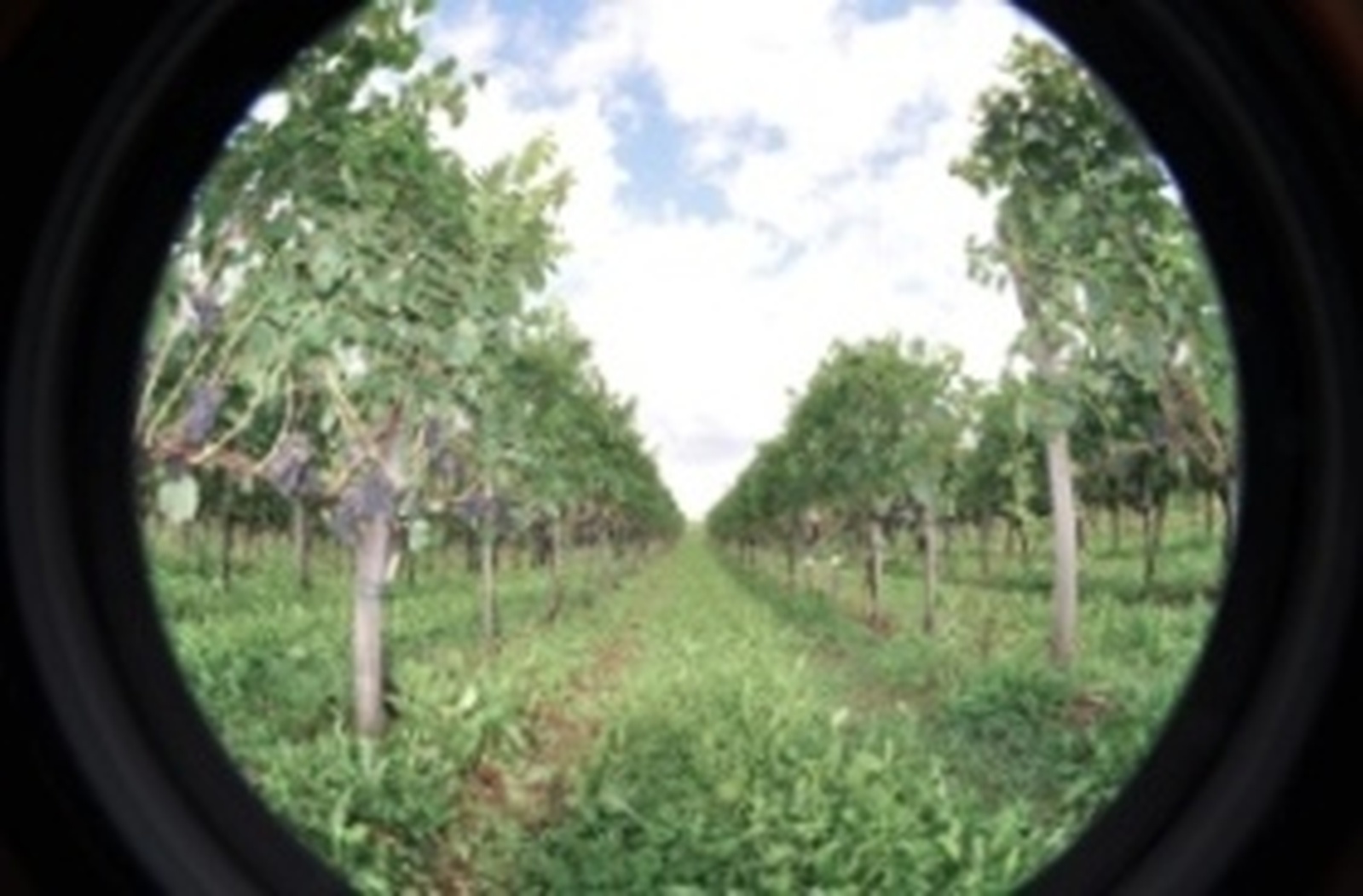Completing of the first “Slovenian” genome sequence will produce better wine
The yeast Dekkera bruxellensis plays an important role in the production of wine, as it can have either a positive or a negative impact on the taste. Researchers at the University of Nova Gorica, among others, have mapped the yeast’s genome, giving wine producers the possibility to take control of the flavour development of the wine.

Yeasts are an important ingredient in the production of various types of food, for example wine, and they make a major contribution to the taste. One of these yeasts is D. bruxellensis. It is responsible for the aromatic fingerprint in around half of red wines. Yet the yeast can cause huge financial losses for the wine industry – D. bruxellensis can produce a phenolic flavour that is usually described as medicinal. In high concentrations it makes the wine undrinkable.
Despite the fact that D. bruxellensis plays a significant role in the wine production process, relatively little research has been carried out on the yeast. However, in an international collaboration, researchers led by a University of Nova Gorica Professor Jure Piškur have now mapped the genome of D. bruxellensis. The researchers have mainly studied the yeast’s genetic background and properties of relevance to food production.
“We now know a lot about how D. bruxellensis acts in the aroma formation process during wine production. Wine producers can use this knowledge to their advantage”, says Professor Jure Piškur of the University of Nova Gorica (Slovenia) and Lund University (Sweden).
In recent years, the wine industry has become increasingly interested in the properties of yeasts because they influence the character of the wine. The mapping of D. bruxellensis’s genome can be used as a tool for wine producers worldwide to take control of flavour development.
“At the end of the day this could lead to more new and interesting wine tastes and greater financial savings for the wine industry”, says Jure Piškur.
The research results were published recently in the International Journal of Food Microbiology (http://www.sciencedirect.com/science/article/pii/S0168160512002565).
